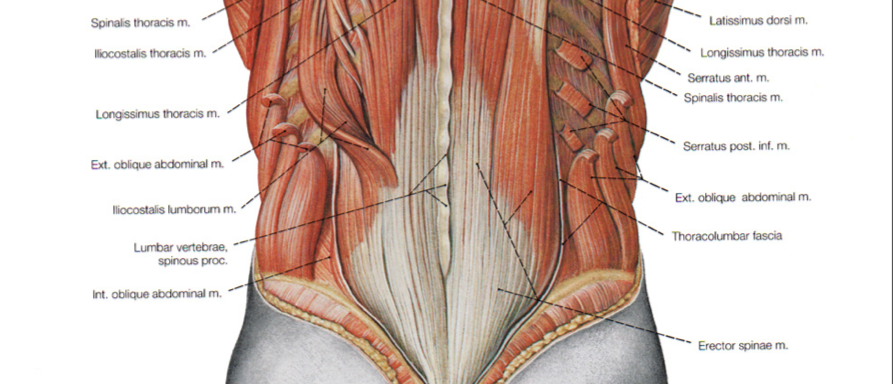Two important components of fitness are flexibility and stability. Flexibility is the ability to stretch muscles and move joints easily through a full range of motion. Stability refers to the strength of stabilizing muscles that help larger muscles carry out movements with precision.

There are many benefits to flexibility including injury prevention, increased efficacy of exercise, and increased blood circulation. When muscles are used to being stretched, they are relaxed more easily after heavy exercise. If your muscles are not flexible, they could stay contracted for a long time following a period of tension such as lifting weights. In addition, little flexibility can result in muscle cramps during your exercise where the muscle refuses to lengthen. Flexibility also improves blood flow to all parts of your body. This will benefit workout performance.
It is best to stretch regularly to avoid these issues. The best times to stretch are in the morning after you wake up, before exercise, and after exercise. Static (nonmoving) stretches are great for in morning and during post-workout cool downs, while dynamic (moving) stretches are good to warm up for a workout. Dynamic stretching will prepare the muscles to go from contracting to lengthening and back, while static stretches help lengthen the muscles and get rid of tightness.
Above is a diagram of the forearm muscles. There are probably many more than you would think. This is because the majority of them are responsible for fine and precise movements, not large motions. These muscles play an important role in grip strength, and when performing arm or shoulder exercises, they act as stabilizers. For example, if you do a set of dumbbell curls, these muscles will be activated the entire time, holding the dumbbell in place and keeping your arm aligned as the bicep is contracted and lengthened. So, it makes sense that building up the strength of your forearms will play a part in how much weight you can curl.

Another key group of stabilizing muscles is found in the lower back. Not only are these activated during exercises such as weight training and running, they also help maintain the body’s posture throughout the day. Setting aside time each week to train the lower back muscles will yield significant results. Since starting to work on my lower back stabilizers, I have felt more confident pulling heavy weight with my upper and middle back muscles. I’ve also had less random back pains throughout the day or after sleeping at night, and even found it easier to sit up straight and maintain a healthy posture.
I honestly didn’t know how important it was to stretch before working out, but the way you describe it makes sense. I wonder what actual physical mechanisms are at play in the body when you stretch muscles and how it alters blood flow to areas of the body. I will definitely keep this post in mind whenever I go to the gym or do any other physical activity. Also, it was interesting to learn how many muscles are used to stabilize movement. I would have though more muscle would be dedicated to actually lifting, but I guess I was wrong. Cool post!
I feel like flexibility and stability are always glossed over when talking about physical fitness. I think this is partially because your muscles naturally become more flexible and your stabilizer muscles get stronger as you workout. At the same time, I think that there are certain stretches and exercises that you can do to specifically exercise these groups. Overall, I enjoyed the blog post and I think your diagrams of muscles were very helpful in understanding the underlying physiology of these concepts. The comment you made about posture is also really important and one that I ought to abide by more regularly!
I really enjoyed this post because during cross-country in high school our coaches always made us do both dynamic and static stretches to help us warm-up, but I always got really annoyed that I had to do dynamic stretches because all I wanted to do was static. But not after seeing the science/reasoning behind doing both it makes a lot of sense!
I usually don’t stretch before my workouts that’s why sometimes I feel some pain after jumping back in. I might need to do it more frequently in order to prevent getting injured. Btw, I didn’t know how important the lower back was to maintain your overall posture; that is some good news I could use to my advantage.